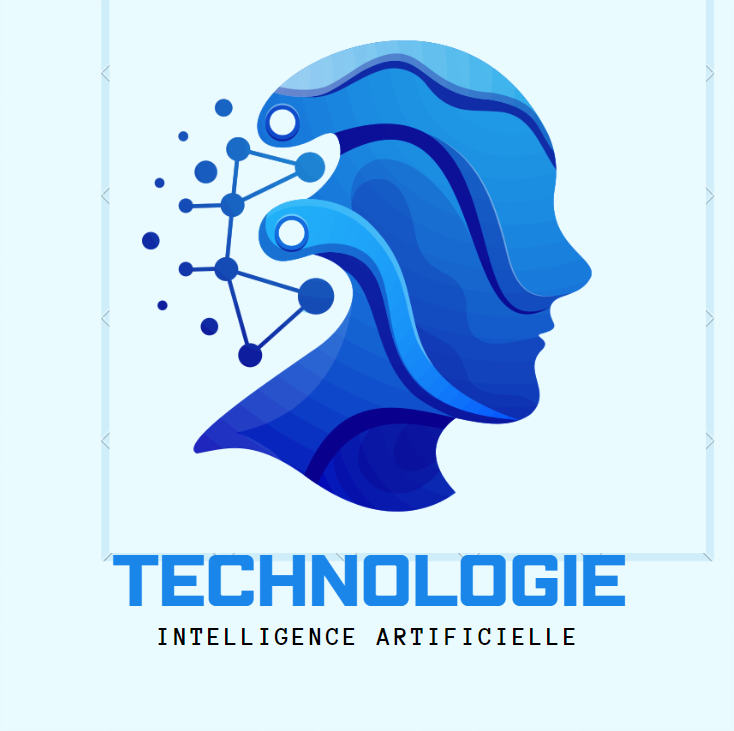cloud computing
Cloud computing, often referred to simply as "the cloud", has revolutionized the way businesses and individuals use and manage their computing resources. Rather than relying on local physical servers to store data and run applications, cloud computing provides access to computing resources over the Internet in a flexible and scalable manner.
A key feature of cloud computing is its ability to provide services on demand, often billed on a pay-as-you-go basis. This allows businesses to reduce costs by avoiding investing in expensive infrastructure and only paying for what they use.
what is cloud computing?
Cloud computing is a model that allows access to computing resources via the Internet, without the need to physically own or manage the underlying infrastructure. Rather than having local servers and computing equipment, users can access resources such as servers, storage, databases, software and services through cloud service providers.
types of cloud computing
There are several types of cloud computing services that cater to different needs and requirements.
- Platform as a Service (PaaS): PaaS offers a comprehensive application development and deployment platform, including development tools, databases, networking services, and others features. Developers can build and deploy applications without worrying about managing the underlying infrastructure. Examples of PaaS are Heroku, Google App Engine and Microsoft Azure App Service.
- Software as a Service (SaaS): SaaS provides software applications hosted in the cloud and accessible via the Internet. Users can access these applications from any internet-connected device, without having to install or manage any software locally. SaaS providers manage the infrastructure, security, and maintenance of applications. Examples of SaaS include Google Workspace (formerly G Suite), Microsoft Office 365, Salesforce, and Dropbox.
- Functions as a Service (FaaS): FaaS, also known as serverless computing, allows developers to run code without having to manage the underlying servers. FaaS providers support automatic code execution and scalability, charging only based on usage. Examples of FaaS are AWS Lambda, Azure Functions, and Google Cloud Functions.
Each type of cloud computing service offers different levels of abstraction and management responsibilities, allowing users to choose the level of control and customization that best fits their needs.
Advantages and disadvantages of Cloud Computing
Cloud computing offers many advantages, but it also has some disadvantages.
Advantages of Cloud Computing:
- Scalability:Users can easily adjust their computing resources according to their changing needs, increasing or reducing storage or processing capacity according to demand.
- Flexibility: Cloud services offer a variety of deployment options and service models, allowing businesses to choose the one that best suits their specific needs.
- Cost Reduction: Cloud computing allows businesses to save on initial IT equipment investment costs, as well as associated maintenance and management costs.
- Accessibility: Users can access computing resources from any internet-connected device, providing global accessibility to data and applications.
- Enhanced Security:Cloud service providers often invest in advanced security measures to protect sensitive user data, providing enhanced security compared to on-premises solutions.
Disadvantages of Cloud Computing:
- Internet Dependence:The availability of cloud services is closely linked to Internet connectivity, which means that any interruption in Internet service can affect access to IT resources.
- Privacy and Data Security: Entrusting data to a third party may raise privacy and security concerns, particularly around regulatory compliance and the protection of sensitive data.
- Vendor dependence: Businesses are often at the mercy of their cloud service provider for service availability and reliability, which can pose problems in the event of an outage or policy change.
- Complex Migration and Integration: Migration to the cloud and integration with existing systems can be complex and require careful planning, resources and specialized skills.
- Hidden Costs: Although cloud computing can reduce costs in the short term, hidden costs such as data transfer fees, bandwidth costs, and staff training costs can add up with the time.
In summary, although cloud computing offers many advantages in terms of flexibility, scalability and cost reduction, it is important to consider the potential disadvantages related to security, vendor lock-in and hidden costs. when adopting this technology.
conclusion :Cloud computing is revolutionizing the way businesses manage their IT resources, providing scalability, flexibility and cost reduction. While it has significant benefits, it is critical for businesses to weigh potential downsides such as internet dependency and data security concerns when adopting this technology.
التسميات
Blogger section

